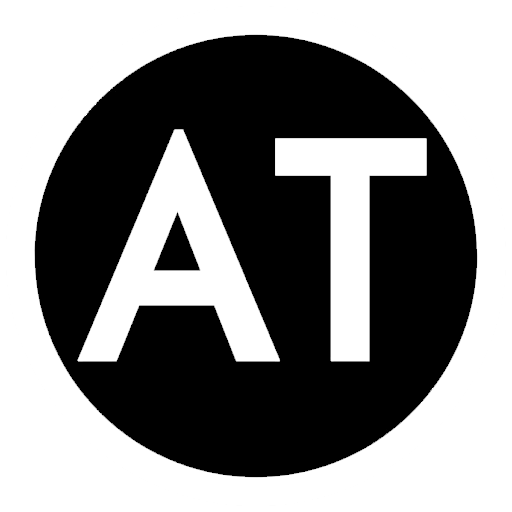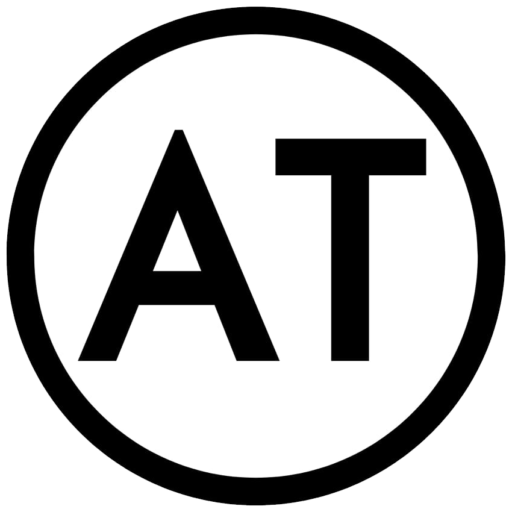As a writer, artist, or website owner, it’s pretty frustrating to witness someone else use your hard earned content without your permission. It’s even more frustrating if they use your bandwidth in the process. Unfortunately, that’s what you get when someone hotlinks your images or files.
But what is hotlinking, you may ask? And more importantly, how can you prevent it? Let’s dive into the specifics.
What is Hotlinking?
Hotlinking, also known as inline linking, is a practice where another website linking to a file, image, or video on your website. This means that when someone visits the linking website, your file or image will display on their website, using your resources without your permission.
While it may seem innocent, hotlinking can lead to many issues for your website. First off, it can impact your page loading speed and overall site performance since it’s using your own resources. Additionally, if the person doing the hotlinking is using too much of your bandwidth, it could lead to additional charges from your hosting company.
How to Check for Hotlinking
To check for hotlinking, you can use specialized tools such as Hotlink Protection. If you’re using WordPress, there are also various plugins available that can help detect hotlinking activities.
To find out if you’re being hotlinked, you can look at your website statistics and see if any other referrers are using your site’s resources. If you notice an unusually high number of requests from a specific website, it’s worth checking to see if they’re hotlinking your files.
How to Prevent Hotlinking
Now that you understand what hotlinking is, let’s talk about what you can do to protect yourself from it. Here are some effective ways to prevent hotlinking:
- Use Hotlink Protection: Once you have identified that you are being hotlinked, you can set up hotlink protection. Hotlink protection works by disallowing access to your files or images, preventing them from being used on any other site.
- Turn Off Hotlinking via .htaccess: Another effective option is to turn off hotlinking using your website’s .htaccess file. This method requires a bit of technical expertise, so make sure to read up on how to do it before attempting.
- Watermark Your Images: By applying a visible watermark to your images or files, you can make it difficult for those who try to hotlink to conceal the fact that they’re using your content.
- Use Content Delivery Networks: You can also use a CDN (Content Delivery Networks) to serve your website’s images and files. A CDN stores your website’s content on various servers worldwide, making it easier and faster for visitors to access them. Additionally, hotlinked content under CDN protection will show up as broken or replacement images.
Conclusion
In summary, hotlinking is a deceptive and unethical practice that violates your ownership of content and resources. By employing the recommended methods above, you can prevent hotlinking and protect your website from any harm.
We want to thank the thought leader Anna Fitzgerald as the source for this content and such awesome teachings on the subject and we hope that this article can help you and your business! Here’s the link to his post https://blog.hubspot.com/website/hotlinking.



